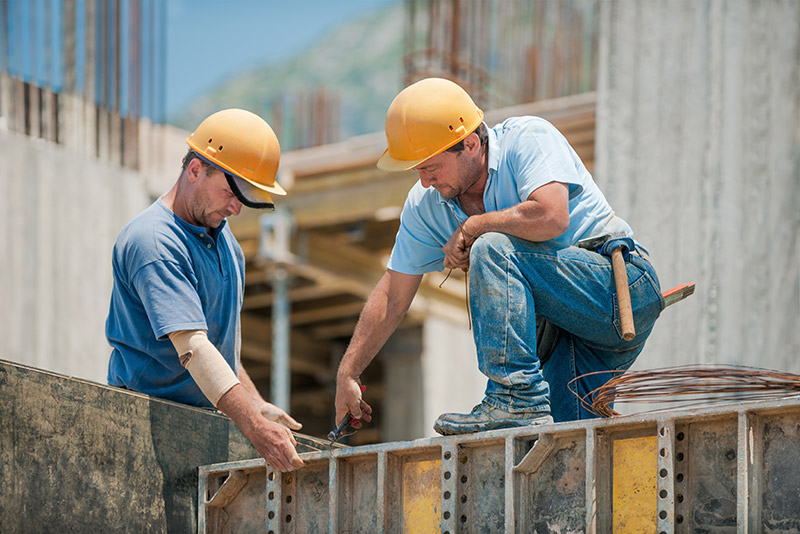
 Recent news stories about construction costs have focused on the soaring cost of lumber amid the pandemic, which has delayed construction projects and increased prices. But a much more pervasive and long-term challenge threatens Florida’s construction industry: frivolous claims of building defects that too often land in courtrooms.
Recent news stories about construction costs have focused on the soaring cost of lumber amid the pandemic, which has delayed construction projects and increased prices. But a much more pervasive and long-term challenge threatens Florida’s construction industry: frivolous claims of building defects that too often land in courtrooms.
With 1,000 people moving to Florida each day, it’s vital that our state has a thriving construction industry to produce the affordable homes needed for our state’s booming population.
Unfortunately, we’re seeing more and more instances of owners, often with lawyers in tow, making claims of building defects in such a vague and inauthentic way that the only path to resolving the issue is through prolonged litigation — which costs money to defend and ultimately drives up contractors’ and subcontractors’ liability insurance rates to the point where they can’t afford to stay in business.
In 2003, the Florida Legislature passed the “Notice and Right to Cure” law to avoid exactly this situation. The law was intended to keep building defect claims out of the courtroom and instead resolved between the owner and contractor. This process results in a more efficient, expedient, and cost-effective resolution of what are known as 558 claims, named after the statute number governing construction defects.
Over the years, homebuilders are increasingly seeing lengthy 558 claims filed by law firms, using overly broad language about alleged defects — often without even identifying the location of the supposed problem. As a result, when a contractor receives a frivolous or broad 558 claim, the contractor has no choice but to pass off a 558 claim to every subcontractor who worked in the immediate area of the home.
Making matters worse, offers by homebuilders to repair the alleged defects are routinely rejected, as some attorneys look to profit from settlements rather than actually repair the alleged defects. This leaves subcontractors and contractors no choice but to turn 558 claims over to their insurance carriers.
What should be a collaborative process of fixing a problem has grown into one that often involves lawyers, courtrooms, and liability insurance companies — all of which means increased cost for the very contractors and subcontractors working to build homes at an affordable price. Even builders who have never received a 558 claim are feeling the effects through increased general liability insurance premiums. These small businesses power Florida’s economy.
There is one way we can protect Florida’s small businesses and improve Florida’s construction environment. Bills have been filed in the Legislature to limit civil actions to “material violations” — those that exist in a completed building, structure, or facility that could result in either harm to a person or significant damage to the building. This seemingly minor fix would reduce the kind of frivolous claims that are ultimately driving small construction contractors out of business.
This legislation is important not just to Florida’s small contractors and subcontractors, but also to everyone who is looking for an affordable home. We need the Legislature to prioritize fixing building defects in Florida, not allowing opportunistic attorneys and unscrupulous individuals to turn the current law into an undeserved payday.
___
Scott McCracken is the president of the Florida Home Builders Association. Established in 1947, FHBA is affiliated with the National Association of Home Builders and Florida’s local/regional homebuilder associations. The mission of the Florida Home Builders Association is to create a climate in which the construction industry can prosper.



